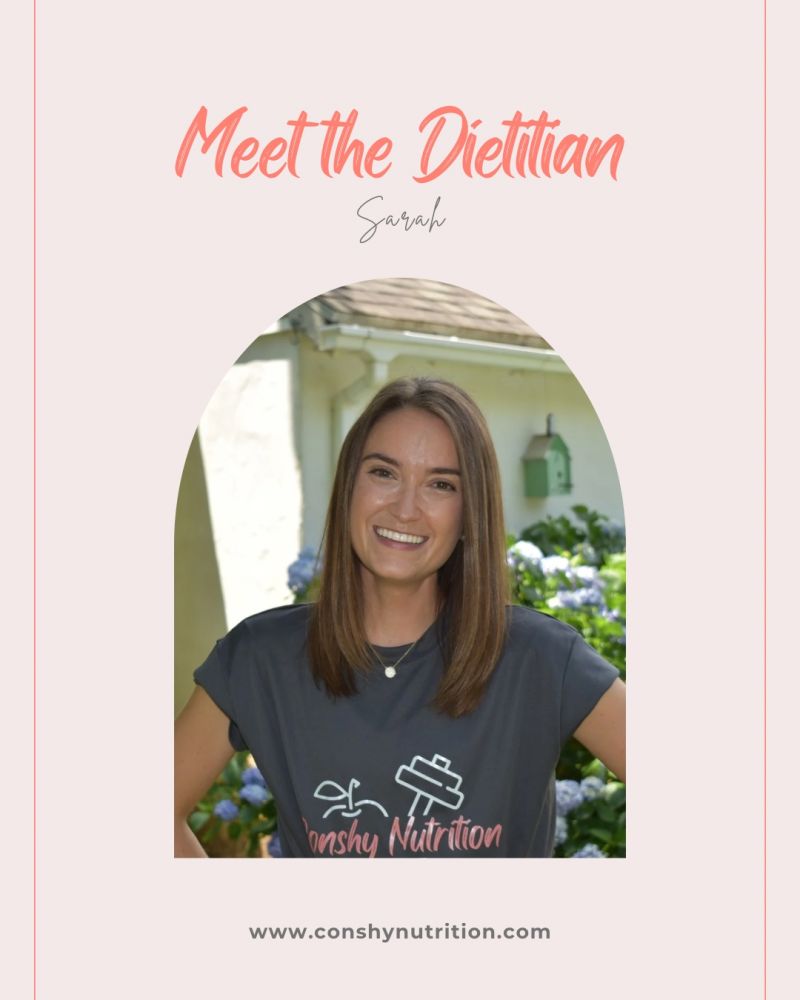Guest Article Written By: Sarah Bixby, MS, RDN, LDN from Conshy Nutrition, LLC
Young athletes put in countless hours to reach the next level by participating in things such as intense training, private coaching, and club sports. However, one key piece of the puzzle is often overlooked: nutrition. Young athletes are still growing and developing, so their energy needs are very high. This puts them at greater risk of underfueling, which can eventually lead to a syndrome called Relative Energy Deficiency in Sport (REDs).
What is REDs?
The best way to explain REDs is to first consider the classic car analogy. What makes a car go? Gas. What happens when you run out of gas? The car stops. Similarly, an athlete’s body needs fuel to function. REDs occurs when an athlete of any gender consistently expends more energy (fuel) than they consume.
The human body is incredible at multitasking. It can breathe, pump blood, digest food, think, feel, move, and so much more, all at once! Therefore, the food that an athlete consumes needs to fuel both the body’s basic physiological functions and training/competition. When adequate fuel is consumed, the body functions normally. However, when inadequate fuel is consumed over time, the body must prioritize its most critical needs. The body will provide the energy to keep the athlete alive and moving, but performance, metabolism, bone health, immune function, reproductive function, and beyond, are sacrificed. This is especially concerning in youth athletes whose overall health, growth, and development are of primary concern.
Recognizing REDs – Some Common Signs/Symptoms
Parents, coaches, and athletes should be aware of the signs/symptoms of underfueling that can lead to REDs. Some of these include:
• Decreased performance, strength, and endurance
• Poor sleep
• Irritability
• Difficulty concentrating
• Gastrointestinal symptoms • Frequent injuries
• Changes in growth curve • Loss of menstruation in females • And more!
The Good News – REDs is Preventable
REDs is preventable with consistent, sound nutrition habits. Here are 3 things for athletes to consider:
1. Adequate intakes – Are you consuming enough energy (calories) to meet the demands of training and competition?
2. Nutrient Quality – Are the foods that you are consuming providing a benefit to your body? Let’s go back to the car analogy for a moment: Are you filling your body with premium quality fuel?
3. Hydration – Are you staying hydrated with adequate fluids and electrolytes?
How to Determine Whether an Athlete is Eating Enough
• Ensure growth charts are trending appropriately.
• Look at meal/snack times as an opportunity to fuel the body – don’t skip or skimp. The body typically needs to refuel at least every 3-4 hours, but this can vary from person to person.
• Listen to your body. If you notice any changes in performance, mindset, or health, consider whether nutrition could be a cause.
• Talk to a Registered Dietitian Nutritionist (RDN). These food and nutrition experts can determine your estimated energy needs based on your height, weight, age, activity level, and health status. They can also make recommendations specific to each individual.
Choosing High-Quality Fuel
High quality fuel includes foods that are high in fiber, protein, unsaturated fats, vitamins, and minerals. Here are some examples of lower vs. higher quality snacks:
| Lower Quality | Higher Quality |
| Potato Chips | Whole grain tortilla chips with guacamole |
| Cookies | Graham crackers with peanut butter and raisins |
| Chocolate Candy | Trailmix with nuts, dried fruit, and dark chocolate |
| Cheese-flavored crackers | Whole grain crackers with fresh cheese |
| Yogurt with candy pieces | Greek yogurt with fruit |
While lower quality fuel still provides essential energy, higher quality fuel has more of the nutrients needed to support growth, development, recovery, and performance. That said, it’s also healthy and normal to include some lower-quality options from time to time. All foods can fit when enjoyed in moderation!
Key Takeaways
Recognizing and addressing low energy availability early can make a big difference in an athlete’s performance, health, and overall well-being. Building consistent fueling habits helps prevent REDs, supports proper growth and development, and allows athletes to reach their full potential.
If you’re interested in learning more about how to effectively fuel yourself or your athlete, explore Conshy Nutrition’s private coaching packages at www.conshynutrition.com




